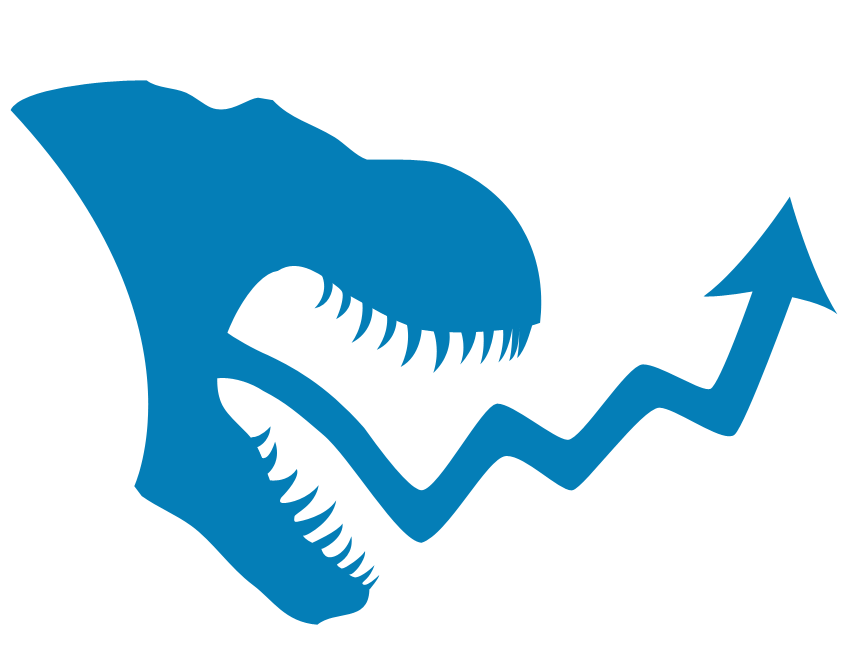Website scraping is the process of extracting valuable information from websites. It’s used for various purposes such as auditing websites, analyzing competitor data, and enhancing web analytics. After scraping, the extracted data is organized into a readable format.
An easy understanding of Web Scraping Explained is extracting information from web pages. Web scraping is a vital process for SEO.
Once the data has been extracted from its source, it’ll be structured into an easy-to-read format. Data analysis or processing isn’t part of the process yet. However, it’s important to note that data processing and analysis usually come after extraction.
What is Web Scraping And Data Extraction?
Web Scraping
Website scraping is defined as an automated method used to gather data displayed on websites, often directly stored in a database or on your computer. This process can be performed using free web scraper tools, APIs, or by writing custom web scraping code.
Data Extraction
Data extraction means the extraction of specific information from websites, processing it, and storing it in centralized locations like cloud-based servers, onsite servers, or hybrid models. Big organizations rely on data extraction to automate SEO strategies.
Is Web Scraping Legal?
In most cases, web scraping for SEO is considered legal, especially when the data being extracted is publicly available on websites. Entities such as search engines, data aggregators, and market research firms routinely use automated web crawlers and data mining tools to collect information for competitive analysis, SERP tracking, and content aggregation.
However, legal complications arise when intellectual property, copyrighted content, or personally identifiable information (PII) is scraped without proper authorization. In such cases, scraping may violate laws like the Computer Fraud and Abuse Act (CFAA) in the United States, GDPR in the European Union, or Data Protection Acts in other regions.
Additionally, scraping websites that have a robots.txt file explicitly disallowing it, or bypassing CAPTCHA systems, can also lead to legal and ethical concerns. Platforms such as LinkedIn, Facebook, and Amazon have pursued legal action against unauthorized scraping, citing violations of their Terms of Service.
To ensure compliance, always respect data usage policies, review relevant privacy laws, and consider using public APIs or seeking permission from website owners when in doubt.
Web Scraping vs. Web Crawling: What’s the Difference?
Web Scraping
Website scraping is focused on extracting data from specific websites, often to gather targeted information like keywords, backlinks for analysis, or contact details. Scrapers typically know the websites or domains they want to extract data from, though they may not know the exact URLs.

Web Crawling
On the other hand, Google scraper report tools help in website crawling, which refers to discovering and indexing URLs across the internet. A web crawler is used to explore websites and collect a list of URLs, which can then be indexed by search engines like Google.
How Does Web Scraping Help SEO?
In the competitive world of SEO, it’s essential to use web scraping tools to streamline your SEO processes. Web scraping examples include gathering competitive intelligence, finding keyword opportunities, and improving SEO strategies. By using web scraper Chrome extension, you can analyze competitor websites, track their SEO strategies, and fine-tune your own campaigns for better results.
Uses of Web Scraping and Data Extraction
Web scraping has a variety of uses, especially in SEO. Here are a few ways it can help:
Collecting Keywords
There are different web scrapper tools for blog websites allow you to analyze competitors’ websites and gather keywords they’re targeting. If you own an eCommerce store, you can scrape product data to identify popular keywords, which can help improve your product listings and drive more organic traffic.

Link Building Opportunities
One of the most important aspects of SEO is link building. With content scraper WordPress plugins, you can find guest posting opportunities, broken links, and niche edit services, helping you build valuable backlinks to your site.
Guest Posting
Guest posting commonly known as editorial contributions involves writing content for another company’s website within the same industry. It’s a widely used SEO automation strategy to drive traffic to a homepage, improve domain authority through high-quality editorial backlinks, enhance brand awareness, and build trust.
Broken Link building
Data extraction is a powerful technique for broken link building. It allows you to quickly identify broken backlinks on relevant websites and leverage them for your benefit.
The process involves
- Finding broken websites with backlinks
- Analyzing backlink opportunities
- Creating a replacement page with relevant content
- Reaching out to webmasters for link placement/ Outreach
By using Google scraper report tools, you can discover broken links within your niche and contact site owners to suggest your content as a replacement.
Niche Edits
Niche edits involve adding backlinks to existing, high-authority content rather than publishing new guest posts. Web scraper Chrome extension tools help identify the right opportunities for niche link-building. strong contextual backlinks within established content, improving both SEO rankings and referral traffic.
Find Content Opportunities
Web scraping can give you insights into the content your competitors are producing and help you identify keyword gaps. Web scraping blog analysis helps in discovering trending topics, which allows you to fill content gaps and rank for high-value keywords.

Save Time Compared To Manual Extraction
Unlike if it is automated, you can use this time to more important aspects of your SEO campaign. You can also streamline comparisons for better data analysis.
Automated data extraction enables you to download data in easy-to-read format like in:
- XML
- JSON
- CSV
- Excel
How to Scrape Information From a Website Without Getting Blocked?
When performing web scraping, it’s important to avoid getting blocked by websites. Some methods to prevent being blocked include:

IP Rotation
Sending multiple requests from the same IP address can lead to getting blocked. IP rotation helps bypass this by sending requests from different IPs, making it look like they are coming from different users.
Headless Browser
Headless browsers are a great tool for web scraping. They simulate real user behavior, making it less likely that websites will detect and block your scraping activities.
- Web fonts
- Browser cookies
- JavaScript
- Extensions
These elements are checked to determine whether it’s a legitimate request or not. If you are serious about web scraping, a headless browser will be very useful.
Slow Down Your Scraping
Scraping data too quickly can trigger anti-bot measures. Slow down your scraping requests to mimic human browsing behavior. You can even add random delays to avoid detection
Tools for Web Scraping and Data Extraction
There are many tools available to assist in Web Scraping SEO. Some popular tools include:
- Content scraper WordPress plugins – Automates content extraction for blogs and websites.
- Web scraper Chrome extension – Extracts data directly from websites.
- Google scraper report tools – Helps analyze search engine ranking data.

Conclusion: Should Web-Scraping Be Part of an SEO Plan?
Search engine algorithms are constantly changing. One day, your SEO automation strategy is performing well, and the next, results may decline. To maintain growth, a continuous flow of data is essential.
Integrating Web Scraping SEO into your strategy helps gather crucial data efficiently. It provides insights in an easy-to-read format, eliminating the need for manual research and saving time.
